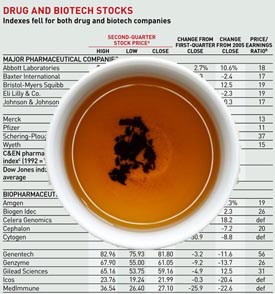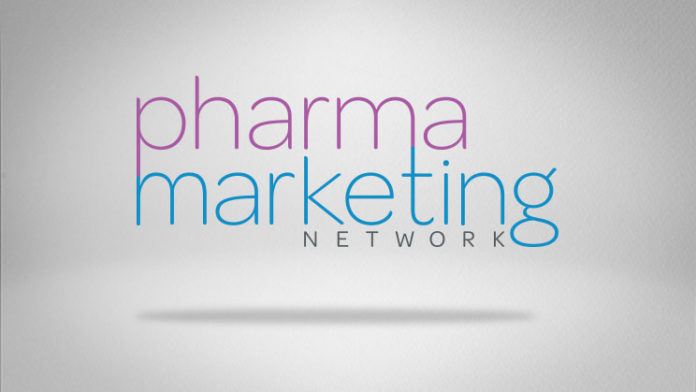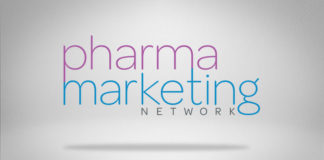Vol. 8, Issue No. 6: JUNE/JULY 2009 – EXECUTIVE SUMMARYWhither Twitter for Pharma? Upfront Commentary
 Twitter is growing by leaps and bounds!
Twitter is growing by leaps and bounds!
According to comScore Media Metrix data, there were 17 million U.S. visitors to Twitter.com during April, 2009. This represents an 83% gain vs. March and a 3,000% gain vs. year ago. Neilsen, on the other hand, estimates there was a 1,448 percent increase between May 2008 and May 2009.
All this makes Twitter attractive to pharmaceutical marketers. But can pharma’s Twitter campaigns reach a significant number of people? Will they reach the right people? Is Twitter even appropriate for branded messages?
Read this entire OpEd piece by John Mack here:
www.news.pharma-mkting.com/PMNews_86_UpFront.pdf Pharma Marketers Dive Deeper Into Social Media The Good, the Bad, & the Ugly Case Studies There are literally dozens of pharma companies with their toes in the waters of social media, which include blogs, YouTube videos, Facebook pages, Twitter accounts, etc. Only a few intrepid pharmaceutical companies, however, have dived deeper.
There are literally dozens of pharma companies with their toes in the waters of social media, which include blogs, YouTube videos, Facebook pages, Twitter accounts, etc. Only a few intrepid pharmaceutical companies, however, have dived deeper.
This article focuses in some detail on three interesting pharma social media initiatives: (1) Procter & Gamble’s Asacol Community for Ulcerative Colitis Patients; (2) Novo Nordisk’s Levemir-branded Race With Insulin Twitter account; and (3) UCB’s sponsored epilepsy community on the PatientsLikeMe website. One of these is a good example of how pharma marketers can leverage social media, one is bad, and the other is just plain ugly! In baseball, one hit out of three at-bats isn’t bad, but for marriages and social pharmaceutical marketing it’s not that good.
Topic headings include:
- A Faux, Dysfunctional Community
- More Serious Problems
- What a REAL UC Community Looks Like
- UCB’s Sponsorship Partnership with PatientsLikeMe
- Pharmacovigilance is Key
- “Race with Insulin” Branded Twitter Account
- The Three Big Pharma Companies & Social Media
- FDA Safe, But…
- A Reminder Tweet
- Is It Spam?
- Missed Opportunity to Educate
Read this article now. It’s FREE…
How Should Pharma Engage in Social Networks? Thoughts on Best Practices
 The pharmaceutical industry is currently experimenting with social media as a channel for promoting products and/or enhancing disease awareness. Some of these efforts have been less than stellar, while others have been exemplary (see “Pharma Marketers Dive Deeper Into Social Media“).
The pharmaceutical industry is currently experimenting with social media as a channel for promoting products and/or enhancing disease awareness. Some of these efforts have been less than stellar, while others have been exemplary (see “Pharma Marketers Dive Deeper Into Social Media“).
Each pharmaceutical company should have its own guidelines for best practices in the social media space.
Pharma companies can either develop best social media practices by learning from mistakes and public criticism (eg, see “Novo Nordisk’s Branded (Levemir) Tweet is Sleazy Twitter Spam!”; http://tinyurl.com/m8ftr5) or through discussion and analysis of specific issues. To assist in that discussion, Pharma Marketing News provided two forums:
- An ePharma Pioneer Club members-only discussion of the first-ever pharma branded Tweet (see “Pharma Twitter Best Practices“), and
- The “How Should Pharma Engage in Patient/Physician Social Networks?” survey, which explores issues relating to pharma advertising and engagement in social networks.
This article focuses on presenting a summary of the above-mentioned survey, including comments from respondents. The results are not meant to offer a scientifically significant analysis, but to suggest ideas that may be helpful to pharmaceutical marketers who are currently working on developing their own guidelines.
Topics, survey results, charts include:
- Need for Internal Guidelines
- Branded Ad Best Practice
- FDA Guidance Needed
- Rules for Engaging in Social Networks
- A Question of Transparency
- Clearance by Legal/Regulatory a Barrier
- Protected Peer-to-Peer Conversations
- Public Guidelines/Policies
Read this article now. It’s FREE…
FDA Draft Guidance on Risk Communication Reading the Tea Leaves
 On May 27, 2009, FDA published in the Federal Register draft “Guidancefor Industry, Presenting Risk Information in Prescription Drug andMedical Device Promotion.”
On May 27, 2009, FDA published in the Federal Register draft “Guidancefor Industry, Presenting Risk Information in Prescription Drug andMedical Device Promotion.”
This guidance focuses almostexclusively on print and broadcast promotional ads. It is possible,however, to apply some of FDA’s “thinking” to certain kinds of Internetads such as search engine paid ads.
This article reviews thedraft guidance with a special focus on how it may apply to the Internetand how marketers can use the comment period to raise the issue of FDAregulation of sponsored search engine ads.
NOTE: Just for fun, try “Harry’s Drug Risk Parlor Game” to gauge how risky you think Rx drugs are.
Topic headings include:
- FDA Neglects the Internet in Its Studies
- Omission of Risk Information
- The Reasonable Consumer Standard
- Summary of Draft Guidance
- The Case of Adwords
- FDA Study on Improving Presentation of Brief Summary
Read this article now. It’s FREE…



![6 Digital Tools at the Center of Healthcare Digitalization [INFOGRAPHIC]](http://ec2-54-175-84-28.compute-1.amazonaws.com/pharma-mkting.com/wp-content/uploads/2021/04/6DigitalTools_600px-218x150.jpg)




![6 Digital Tools at the Center of Healthcare Digitalization [INFOGRAPHIC]](http://ec2-54-175-84-28.compute-1.amazonaws.com/pharma-mkting.com/wp-content/uploads/2021/04/6DigitalTools_600px-100x70.jpg)




